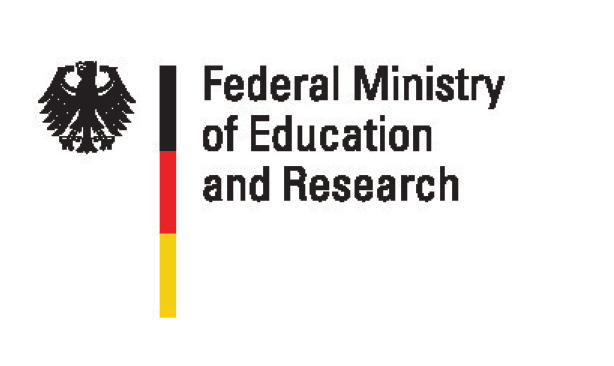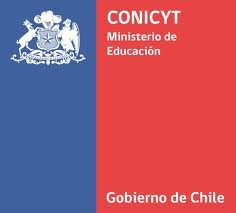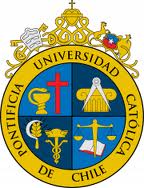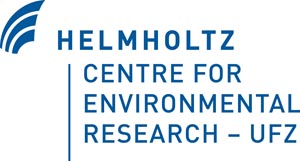Evaluating Environmental and Life Quality to analyse Urban Vulnerability in Santiago de Chile
Personnel
UFZ – Helmholtz Centre for Environmental Research
Prof. Dr. Sigrun Kabisch
Dr. Ellen Banzhaf
Dr. Annegret Kindler
→ Prof. Dr. Uwe Schlink
M.Sc. Juliane Welz
Pontificia Universidad Católica de Chile
M.Sc. Sonia Reyes Paecke
M.Sc. Francisco de la Barrera
Dr. Marcelo Miranda Salas
Duration
2011 - 2013
Status
funded by BMBF (Germany) and CONICYT (Chile)
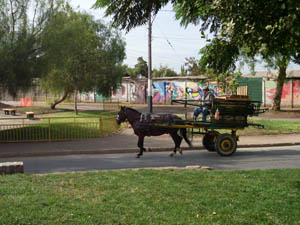
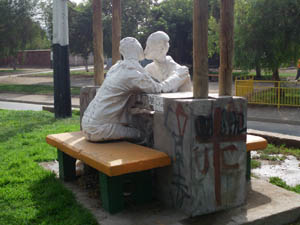
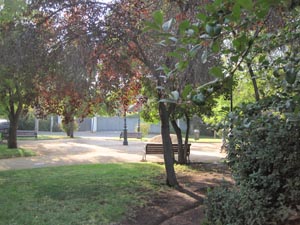
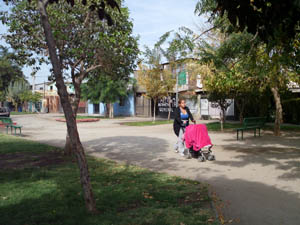
Outline
This project carries out quantitative analyses in order to understand the development of population, land use and selected environmental burdens, as well as to evaluate environmental and life quality in different urban structure types (UST) and for different residential groups in Santiago de Chile. This approach is accomplished by qualitative evaluations on the subjective susceptibility of heat stress, air pollution and noise. Thus, priorities are set regarding these environmental burdens in the local context. UST are derived from satellite imageries for three municipalities (Cerro Navia, La Florida, Vitacura) with highly contrasting social and physical characteristica. They characterize land use with respect to infrastructure, buildings, degree of imperviousness, and green spaces as a combined feature of open spaces and urban vegetation (biodiversity). Furthermore, linking this information with census data allows us to include social, physical and bioclimatic features. These indicators/factors serve as a baseline for in-depth studies on the level of neighborhoods, regarding the interactions between climatic factors, air quality, and life quality.
By combining social and environmental factors, a sophisticated knowledge about elements that define urban vulnerability at different spatial scales (neighbourhoods, municipalities and Metropolitan Area of Santiago) can be obtained. We want to identify potential conflicts caused by low environmental quality that might affect different social groups in different ways. This methodological design focuses on a sustainable urban development which could then be applied to other agglomerations with similar environmental problems.
The goal of this interdisciplinary study is to develop an integrative methodological concept to assess environmental and life quality and to test it in the aforementioned pilot study.
This project is a bi-national cooperation between Germany and Chile. The focus is based on a mutual exchange of research methods and experiences in the frame of scientific exchange between the respective research institutes. The project is an explorative study that aims at collecting research fundamentals for a future comprehensive international research project. It is funded by the International Office of the German Ministry for Education and Research (BMBF) in Germany and by the National Commission of Science and Technology (CONICYT) in Chile.
The project is affiliated with the project Risk Habitat Megacity which was financed by the Helmholtz Initiative (2005-2011). This project was carried out by five German Helmholtz Centres and several Chilean universities, as well as the UN-Commission CEPAL / ECLAC (Economic Commission of Latin America and the Carribean).
www.risk-habitat-megacity.ufz.de
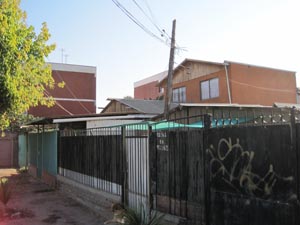
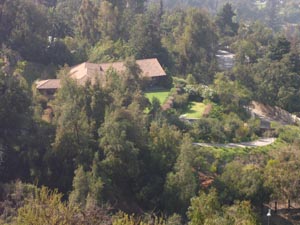
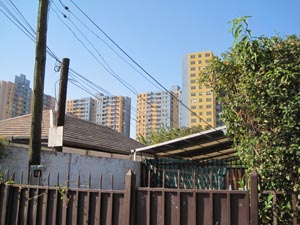
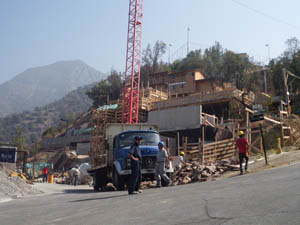
Cooperating partners:
Pontificia Universidad Católica de Chile
Pontificia Universidad Católica de Chile
Institute of Urban and Regional Studies (IEUT)
Contact:
M.Sc. Sonia Reyes Paecke, head of project
M.Sc. Francisco de la Barrera
Dr. Marcelo Miranda Salas
UFZ – Helmholtz Centre for Environmental Research
Department Urban and Environmental Sociology
Working Group Geomatics
Contact:
Dr. Ellen Banzhaf, head of project
Prof. Dr. Sigrun Kabisch
Dr. Annegret Kindler
Prof. Dr. Uwe Schlink
M.Sc. Juliane Welz
